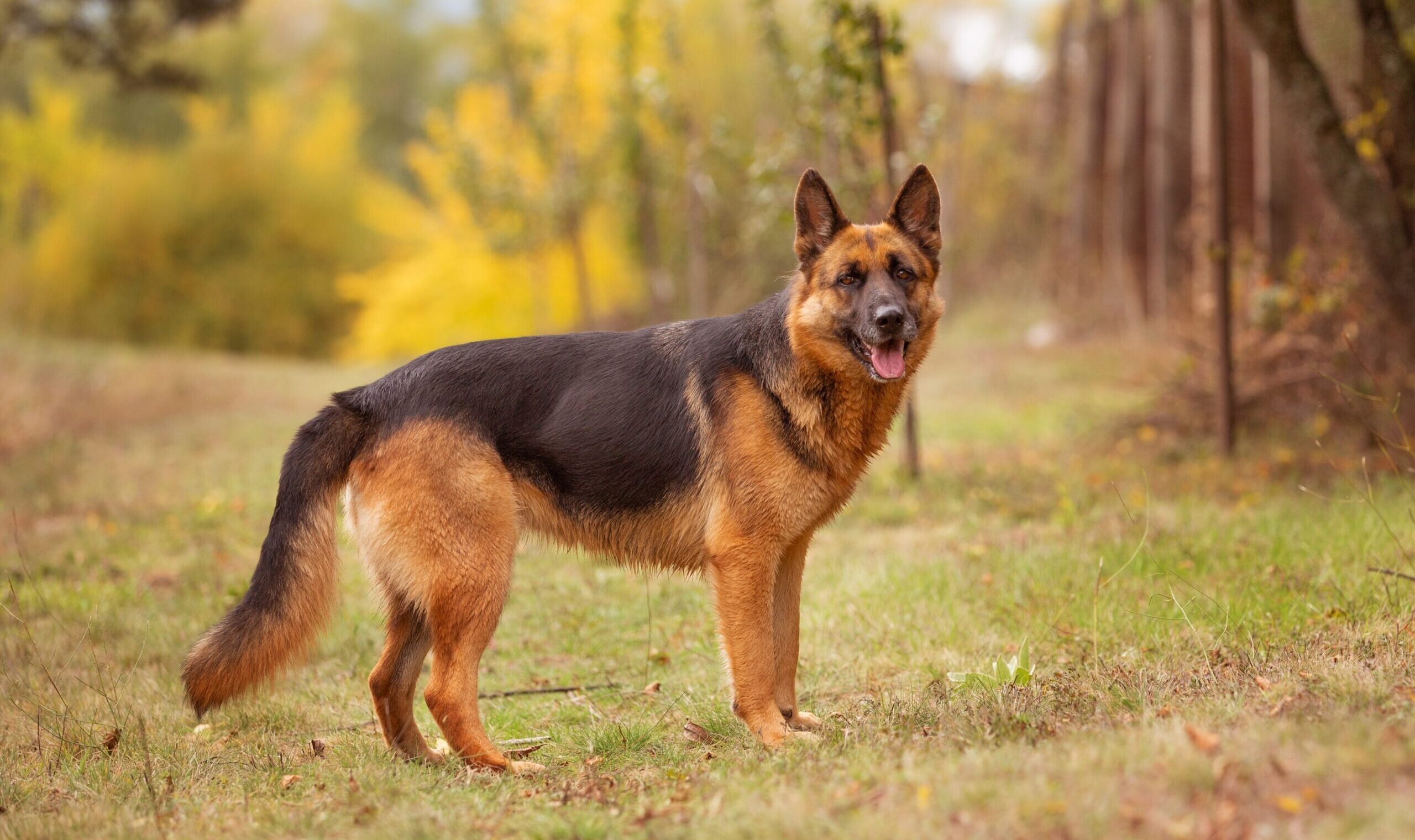Doggone It
President Trump doesn’t need a canine companion. Americans should learn from his example.

Through executive orders and rhetorical bluster, Donald Trump has set about undoing many of the disastrous policies of the Biden administration, but he has left one key policy of his predecessor in place.
In October 2023, Joe Biden banished from the White House his biting-prone German shepherd, Commander. Coming on the heels of the death of another of Biden’s German shepherds, Champ, in June 2021—and the expulsion on biting grounds of yet another German shepherd, Major, in December 2021—Biden ultimately restored the executive residence to the state it had been in during Trump’s first term and the state to which it would remain upon the commencement of his second: dog-free.
If we can trust the voluminous list of presidential pets given on Wikipedia, Trump is, evidently, the first commander-in-chief in over a century to neither bring with him nor acquire while in office one or more four-legged friends. Dismayingly for those lonely few of us immune to the charms of what is said to be man’s best friend, most modern presidents seem remarkably attached to canine companions.
We all remember Barack Obama’s pair of Portuguese water dogs and George W. Bush’s duo of Scottish terriers, but let us not forget George H.W. Bush’s springer spaniel, Millie (in whose name a children’s book was written—ha, ha), or Bill Clinton’s Labrador retriever Buddy (to whom the children of America apparently wrote letters that were, distressingly, collected in a book—groan). Even those of us who find things to admire in the presidency of Warren G. Harding have to reckon with the fact that he, too, owned a famous dog, an Airedale terrier called Laddie Boy. Sigh.
In declining to bring any dogs with him to the White House following the trifecta of Biden-era departures, Trump is preserving his predecessor’s single most important decision—perhaps the only wholly good decision of the Biden administration. Above all, Trump is making a stand against the ever-increasing presence of dogs in daily life.
In decades past, one would only learn of a person’s status as a dog owner if one happened to visit that person’s place of residence, where the abundance of dog hair, slobber, and unwanted jumping would reveal the unpleasant truth. These days, however, dog owners brandish their pets seemingly everywhere: I have personally seen young couples merrily amble into grocery stores, bookstores, and shopping malls in the company of their dogs. Some restaurants seem to tolerate the presence of canines so long as their humans are dining outdoors—as good an argument as any for always and forever dining indoors. As for so-called “pet-friendly” hotels, remind me never to stay at one.
Needless to say, dog owners routinely take their dogs for a march on even the most fleeting of outdoor excursions—say, a walk around the block or to the mailbox. For a dog owner to insist that his dog accompany him each time the front door is exited is to confer upon said mutt privileges not even reserved for small children: Parents do not insist that their kids join them when getting the mail, so why must Rover?
There are few areas of modern life that have not been trampled upon by paws. In 2020, the New York Times ran an entire article about the increasing need for “pet attendants” at weddings—a horrifying development perfectly illustrated by the accompanying photo of what appeared to be a bride and groom walking down the aisle with three leashed dogs. Remember what the rite in the Book of Common Prayer says: marriage between a man and a woman is to be entered reverently, discreetly, advisedly, soberly, and in the fear of God—not with dogs scampering under foot.
What is next? Dogs joining their owners for doctor visits, job interviews, or trips to the bank to ask for a loan? Humans’ attempts to involve dogs in all of their doings reflects a kind of neediness—a desire to be accompanied, at all times and in all places, by a loving friend that will never judge, scold, or attack. (That is, unless its name is Major or Commander.) This tendency has arguably reached its apotheosis with the incessant ads on television for fresh dog food—meals undoubtedly superior in quality to the frozen dinners I eat many weeknights. This is simply wrong.
I hasten to add that I have ample firsthand experience with dogs. When I was born, my parents were the owners of a beloved cocker spaniel, but, apparently, I was standoffish towards their pet even as a youngster. My mother recorded an incident during which her dog barked at me while I was eating an apple, to which I precociously (and likely imitatively) replied: “Hush.” Later, my parents bought a second cocker spaniel, who, to her credit, largely respected my wishes to be left alone to read great American novels and watch classic Hollywood movies: we had achieved a state of détente.
Curiously, I am fond of fictional dogs: Snoopy in Peanuts, Snowy in Tintin, Gromit in Wallace & Gromit, and all of those doodles of dogs in the cartoons of James Thurber. Among the non-animated dogs in moviedom, I certainly am a fan of Asta in The Thin Man series, George in Bringing Up Baby, and, above all, Buckley in The Royal Tenenbaums. “That’s a helluva old hound dog you got there,” says Gene Hackman (who turned 95 last week) in the last movie. Indeed.
But the White House, like my house, is no place for a dog to be.
The post Doggone It appeared first on The American Conservative.
